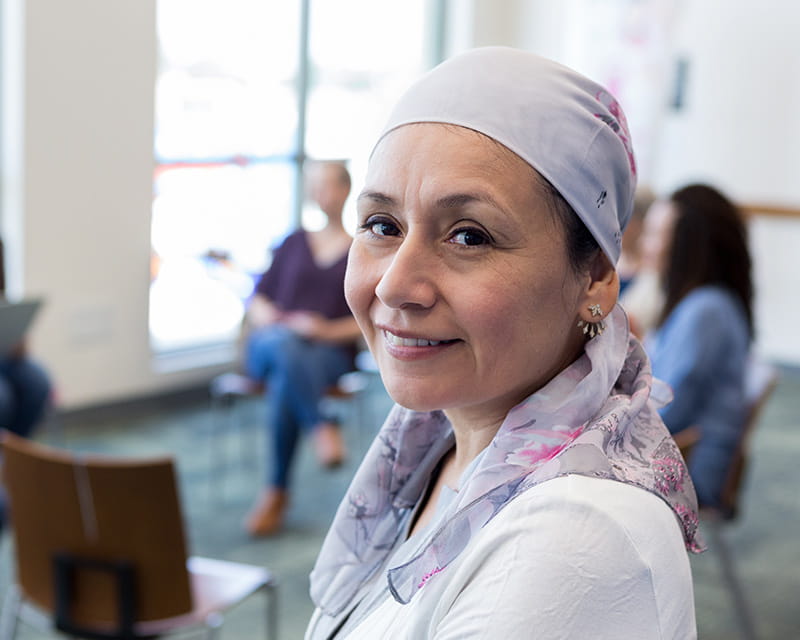
Researchers take next steps to understand COVID-19’s impact on people infected during pregnancy

A recent Ohio State University Wexner Medical Center study of cervical cancer therapy is the largest research project of its kind, says lead investigator David O’Malley, MD.
“Collectively, these trials are nearly threefold the size of any previous studies,” says Dr. O’Malley, director of the Division of Gynecologic Oncology at The Ohio State University Comprehensive Cancer Center – Arthur G. James Cancer Hospital and Richard J. Solove Research Institute. “And the results serve as an important and instrumental step forward in the development of immunotherapy for the treatment of recurrent and metastatic cervical cancer.”
Dr. O’Malley presented preliminary results of two independent phase II trials at ESMO Virtual Congress in fall 2020.
In the immuno-oncology therapy report, Ohio State Wexner Medical Center researchers explored the efficacy of two checkpoint inhibitors for recurrent/metastatic cervical cancer: balstilimab alone (Bal), as well as balstilimab in combination with zalifrelimab (Bal/Zal). Both medicines block specific proteins that shield cancer cells from the immune system. Balstilimab, considered an anti-PD-1, targets a protein called programmed death-1, while zalifrelimab is an anti-CTLA-4, which targets a protein found on T-cells.
The two therapies in review, Dr. O’Malley explains, were not intended to kill cancer cells directly, but instead eliminate the protection the proteins provide to tumor cells, thus increasing the immune system’s ability to destroy cancer cells.
The study design featured two parallel, single-arm trials with participants who had relapsed following prior platinum-based treatment for squamous cell carcinoma (SCC), adenosquamous carcinoma (ASC) or adenocarcinoma (AC)—the three most common subtypes of cervical cancer. Patients were evaluated with imaging every six weeks throughout the two-year study.
Study highlights:
“Our results show that both single-agent Bal and the Bal/Zal combination are effective and well tolerated as a second-line treatment for advanced or metastatic cervical cancer, with the combination therapy showing even greater clinical benefit,” Dr. O’Malley says. “Given the limited treatment options patients have had for recurrent or metastatic cervical cancer, both therapy paths provide a promising treatment option moving forward. It has been a rewarding project for all members of our research team, and we are motivated for the next steps.”
Dr. O’Malley says the completed research will provide valuable data to support regulatory approval in the United States, and confirmatory Phase III research is already being designed.